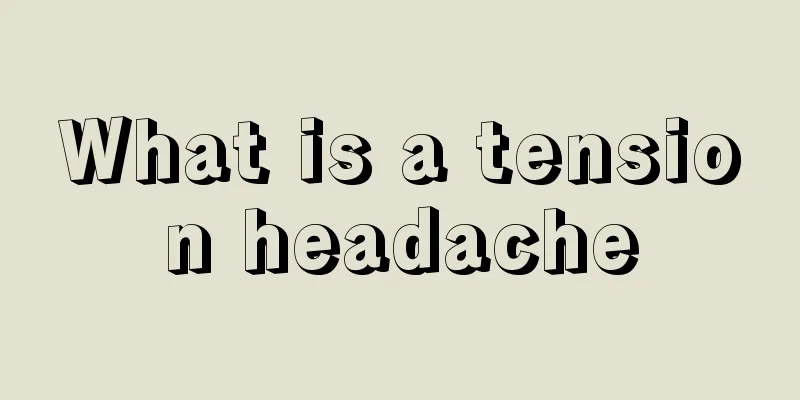The difference between food energy and calories

|
Energy is a relatively large concept, and heat also belongs to the category of energy and is a part of it. The energy we talk about often includes many aspects. The energy of food refers to the properties of the food itself. The energy provided by food is a substance used to maintain the normal life activities of the human body. Heat refers to the substance produced after people eat this food. The heat will then be converted into energy stored in the human body, so there is still a difference between the two. 1. The energy on food packaging is the same concept as the calories we talk about. The commonly used kilojoules (kj) and calories (kcal) are both energy (calorie) units, but they are not equivalent units. 1 kcal = 4.18 kilojoules. Under normal circumstances, 1g of water can be interchanged with 1ml of water, but other things, such as milk, cannot be completely interchanged in this way. However, when the amount of liquid is small, you can convert g and ml to equivalent values. Although there is a certain error, it has little effect on calories when the amount is small. 2. The human body consumes energy every moment, which is provided by the thermogenic nutrients in food. The nutrients in food that can produce calories are protein, fat and carbohydrates. They are oxidized to generate heat for the body to maintain life, growth, development and movement. When too much heat energy is supplied, the excess heat will be stored as fat. Over time, the body will become fat. Food energy refers to the energy released by food used in the entire digestive process in the body to maintain various life activities in the body and to do work externally. 3. Energy is the basis of nutrition and the first nutritional attribute of food. Food provides energy to sustain various life activities of the human body - without energy, humans cannot survive. Various forms of energy can be converted into heat energy, so energy is usually measured in units of heat energy, that is, calories. 1 calorie refers to the amount of heat absorbed when 1 gram of water rises 1°C. Since the average person consumes 2000,000 calories per day, this number is too large, so nutritionists often use kilocalories as the unit of food energy, 1kcal + 1000cal. Currently, in many scientific studies, joule is usually used as the unit of food energy. 4. Calories refer to the so-called calories, such as carbohydrates. Energy is a relatively large category, which includes the calories contained, but most of it cannot be decomposed in time and is stored in the human body, such as fat and protein. 5. The calories and energy contained in food are not the same concept. Calories are the energy consumed by the human body every moment, which is provided by the heat-producing nutrients in food. The nutrients in food that can produce calories are protein, fat and carbohydrates. They are oxidized to generate heat for the body to maintain life, growth, development and movement. Food energy refers to the energy released by food used in the entire digestive process in the body to maintain various life activities in the body and to do work externally. |
<<: Can you eat food that cockroaches have crawled over?
>>: What foods are incompatible with chestnuts
Recommend
How to make delicious jelly, you should know these early
There are many ways to eat jelly. The more common...
Anti-ribonucleoprotein antibody positive
Antibodies are indispensable substances in the hu...
How many days after straightening with softening flat irons can you wash your hair?
Some people are born with curly hair, and some ar...
Is thyroid cancer cancer?
Whether thyroid cancer is cancer needs to be judg...
What are some scientific ways to prevent lung cancer? Doing this can avoid the occurrence of lung cancer
Lung cancer, like many other diseases, has begun ...
How to make homemade seasonings
Seasonings are very common in our lives. We usual...
Why is the inner thigh itchy?
Summer is the season when skin diseases are preva...
Do radiation-blocking glasses really work?
While the advancement of science and technology h...
Will eating milk chocolate beans make you fat?
For girls who like to eat sweets, the biggest wor...
How to improve wrist strength
The strength of the wrist is also very important....
What are the methods for indoor formaldehyde control
With the improvement of our economic level, many ...
Kidney cancer treatment How should kidney cancer be treated?
The treatment of kidney cancer mainly includes: i...
What harm does gallbladder cancer do to the human body
The gallbladder has the function of storing and c...
Symptoms of heat accumulation in the spleen and stomach
As the pace of life accelerates, people's lif...
What are the symptoms of nasopharyngeal carcinoma metastasizing to the lungs?
What are the symptoms of nasopharyngeal carcinoma...









